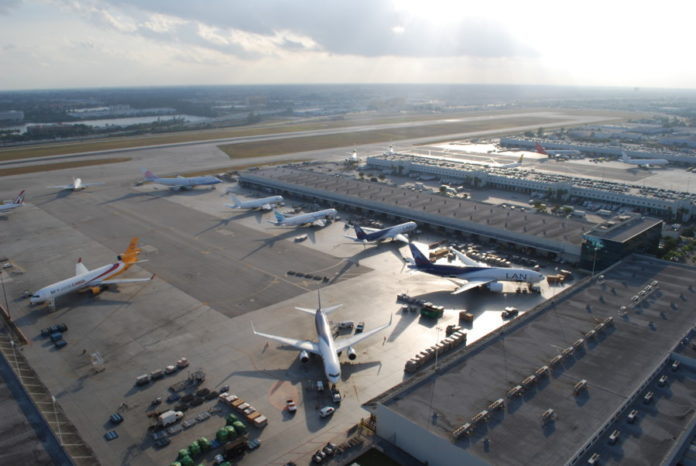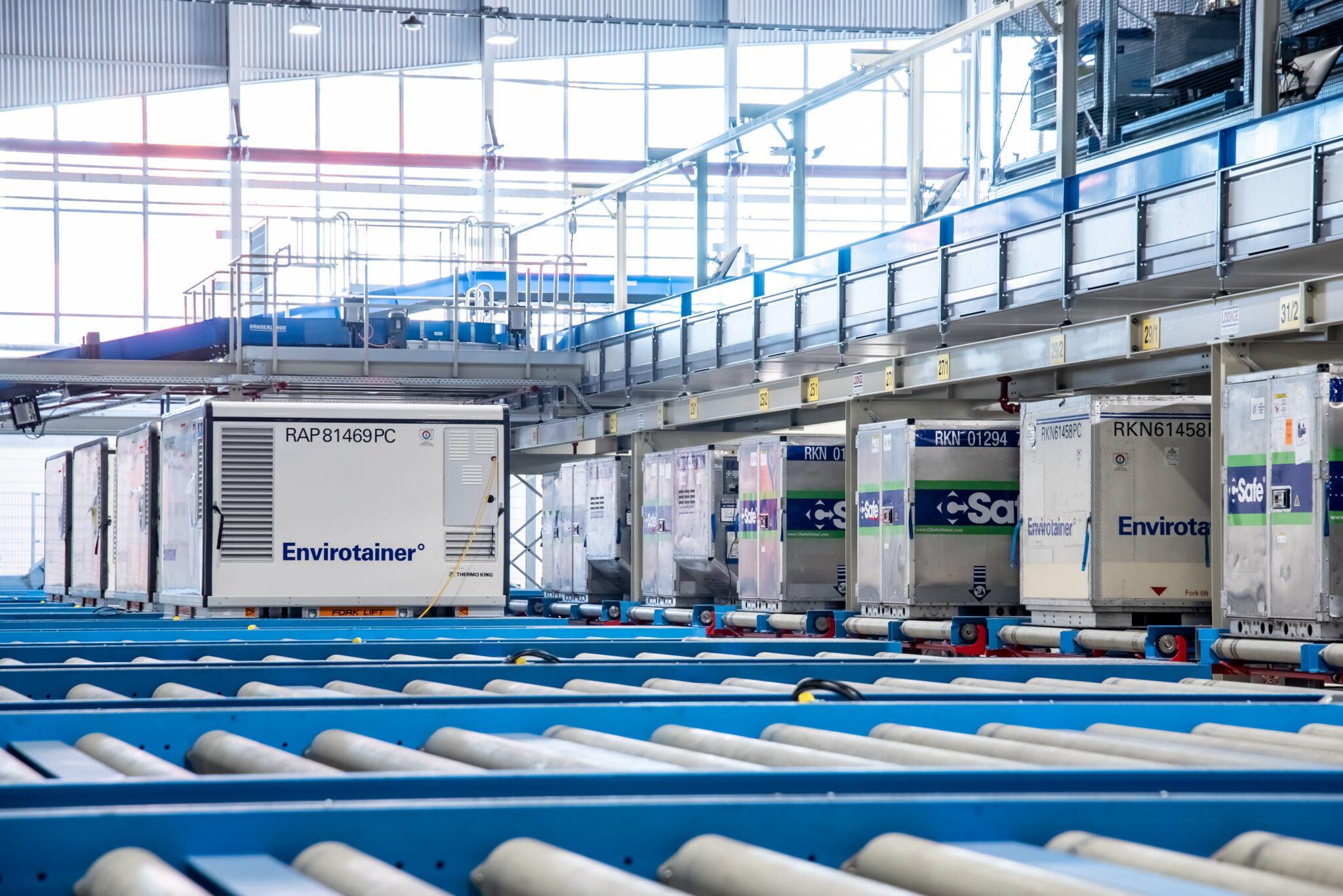

Miami International Airport (MIA) is America’s principle perishables gateway, handling more than 66 per cent of all perishable imports and nearly 90 per cent of all flower imports coming into the US.
This year, the perishables industry has continued to exhibit “strong growth” through MIA, explains Miami-Dade Aviation department division director of marketing, Chris Mangos.
For example, in terms of flowers, the number of stems handled during the Mother’s Day and Valentine’s Day peak periods were up by nearly eight per cent over last year. “We expect to see continued growth the rest of the year as well,” he observes.
Flowers make up a large share of the perishables imported into MIA. Fish and crustaceans are also an important source of business, as are vegetables. There has been traffic growth through MIA in each of these three major perishable segments over the last five years.
But with increasing perishables traffic, MIA is going to require more infrastructure to handle it: “Our Cargo Optimisation, Redevelopment and Expansion (CORE) Program is a seven-phase plan still in the conceptual stage that is designed to – optimise the use of existing facilities and space to provide additional near-term capacity; remove and re-develop select existing facilities that are costly to maintain with newer, more efficient and better demand-serving facilities; and expand cargo facilities incrementally in order to serve demand-driven needs and growth,” Mangos explains.
“This year, we expect to finalise the plan, identify viable sources of funding, and commence Phase 1, with Phase 1 and 2 projected for completion in 2021,” Mangos adds.
The airport operator is also working on its cargo master plan, which includes plans to significantly expand its perishables facilities by the year 2035.
MIA has 24/7 Customs and Border Protection (CBP) operations and extended hours for US Department of Agriculture (USDA) inspections on site, which help importers to minimise costs in the processing and clearing of goods.
Moreover, MIA is also the only US gateway with two on-site fumigation facilities, which provide for efficient pest control of perishables needing immediate fumigation.
However, improvements in this area are being sought by the airport operator. For example, “The current volume of perishable imports and increased volumes of other commodities is putting a strain on the limited number of CBP and USDA inspectors currently assigned to MIA,” Mangos observes.
He adds: “Increased delays in the inspection process may result in additional business being diverted elsewhere. USDA providing 24/7 operations similar to CBP would greatly expedite the inspection process.”












